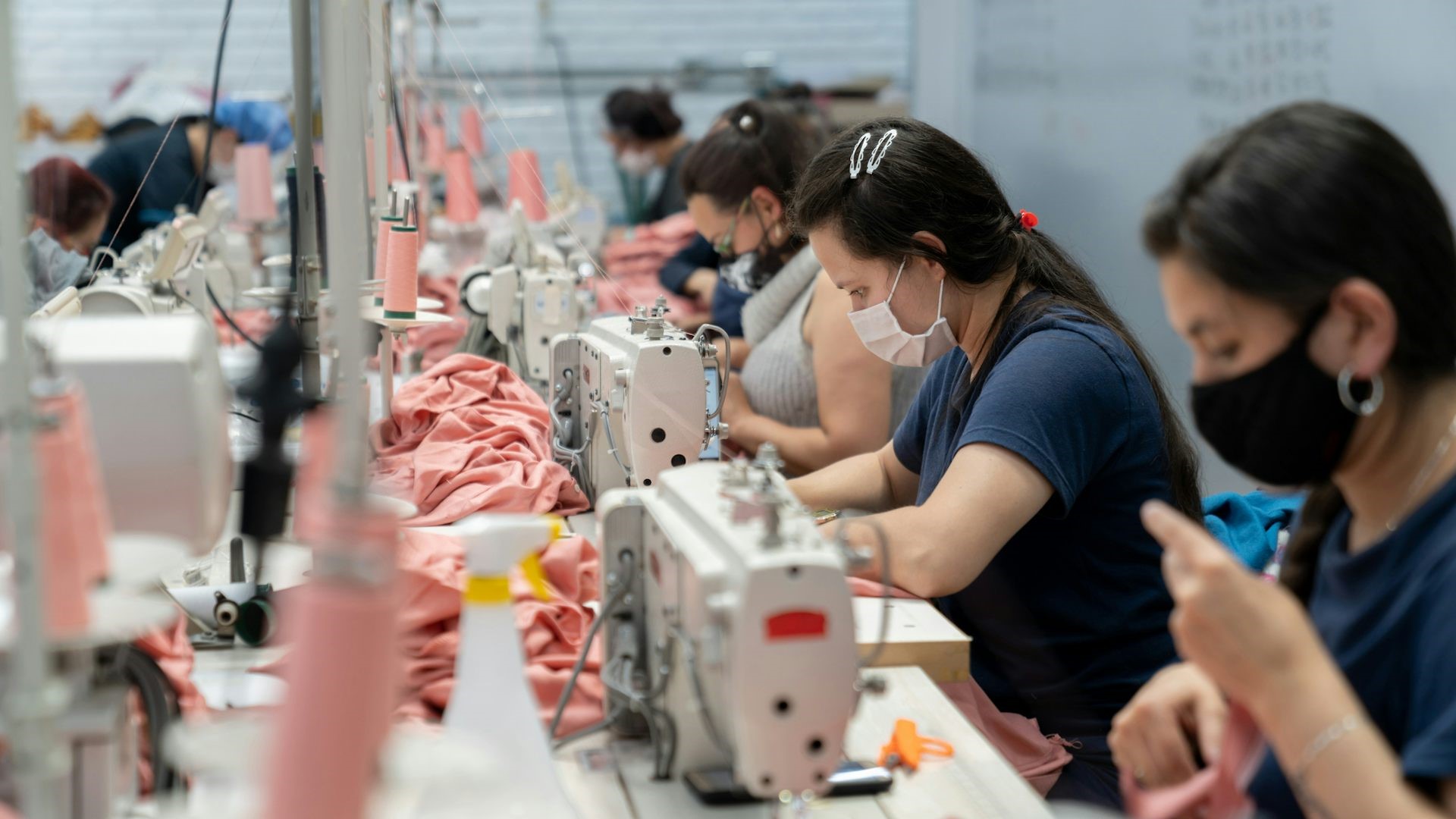Agriculture, Vol. 13, Pages 579: QTL Mapping for Fiber Quality Based on Introgression Lines Population from G. hirsutum × G. tomentosum
Agriculture doi: 10.3390/agriculture13030579
Authors: Xinyi Chang Chunping Guo Zhenyuan Pan Yuanlong Wu Chao Shen Lei Chao Guangling Shui Chunyuan You Jianwei Xu Zhongxu Lin Xinhui Nie
As one of the most widely cultivated cotton species in China, upland cotton has moderate fiber quality and wide applicability, but its genetic basis is relatively narrow. To expand genetic diversity and improve fiber quality, in this study an introgression population (BC5S5) containing 107 lines was constructed by using G. hirsutum acc. 4105 as the recurrent parent and G. tomentosum as the donor parent. Using the specific-locus amplified fragment sequencing (SLAF-seq) strategy, 3157 high-throughput single nucleotide polymorphism (SNP) markers were obtained. Linkage analysis showed that a total of ninety-one QTLs related to fiber quality traits were detected in three environments, and the phenotypic variance explained (PVE) rates were 4.53–20.92%. Forty-six QTL (50.55%) synergistic genes were derived from G. tomentosum. Among them, qFS-A02-1 and qSCI-A02-1 were stably detected with a PVE of 9.8–16.71% and 14.78–20.92%, respectively. Within the candidate interval, Ghir_A02G012730, Ghir_A02G012790 and Ghir_A02G012830 were found to be possibly involved in cellulose and cell wall biosynthesis, with a relatively high expression during fiber development, 20 DPA and 25 DPA, which suggested that these three genes may be involved in the regulation of fiber strength traits, but their functions need further validation to determine the regulatory mechanism. Our research lays the foundation of fiber quality related to basic genetic research and breeding in cotton.

 1 year ago
23
1 year ago
23


